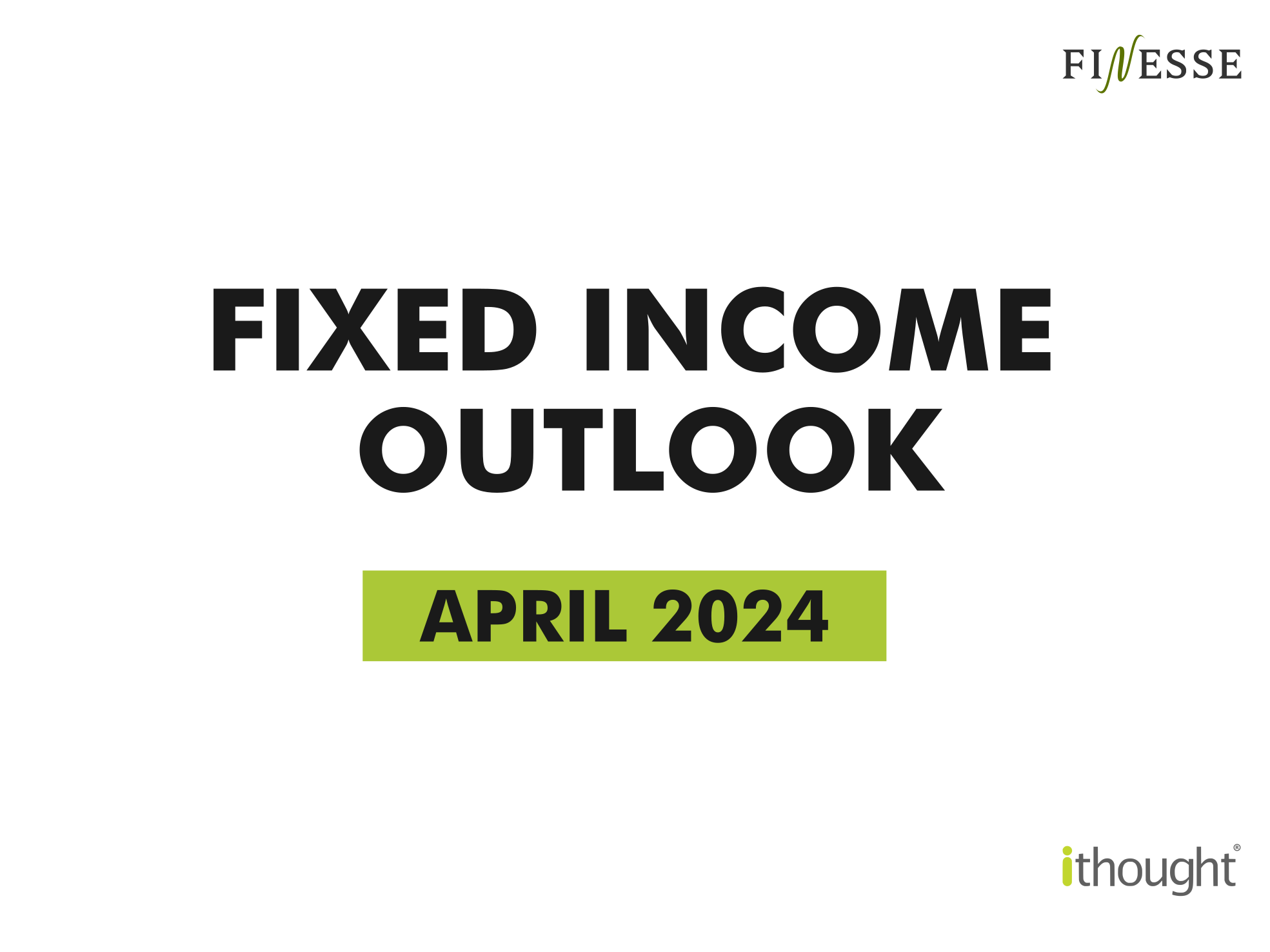From 2017 to 2018
Over the last year, Indian debt markets witnessed a lot of volatility. In early 2017 the consensus was that interest rates would continue to fall. On the contrary, 2018 begins with mixed expectations. While some believe that interest rates may fall, there is enough reason to believe that the RBI’s neutral stance and macroeconomic factors suggest otherwise.


Crude Oil
Previously, crude oil prices were driven by demand conditions. However, of late OPEC and non-OPEC countries have created an artificial rise in oil prices by agreeing to cut down on production. These decisions may have been made in light of Saudi Aramco’s impending IPO. While this strategy may be effective in the short-term, it is unsustainable in the long run.
A hike in fuel prices has a direct impact on headline inflation. Yet, the RBI will maintain its cautious approach with interest rates and may not immediately react to oil price movements.


The Federal Reserve’s Actions
The Fed has been working consistently to improve various aspects of its economy. Economic recovery in terms of employment, growth, etc. has supported the Fed’s decision to reverse its QE program. Consequently, there has been a mild uptick in inflation. This has weakened the dollar. In turn, this is favourable towards higher exports and the Fed is consciously devaluing its currency.
The Federal Reserve will continue to raise interest rates this year. When interest rates are more attractive in advanced economies, money flows out from emerging markets. The RBI may raise rates to counterbalance this movement of capital.


India’s Fiscal Deficit
The ruling government overshot their fiscal deficit target in November. For a government that has otherwise been fiscally prudent, this is out of character. Lower tax revenues, lower dividend income, and higher spending contributed to this breach.
Adhering to fiscal deficit targets serve multiple purposes. Firstly, fiscal prudence improves creditworthiness. Second, a breach could affect macroeconomic health. A high fiscal deficit could result in higher inflation, increased taxation, and lower credit growth. Third, it results in a vicious cycle where future targets may be broken.
Market Outlook






